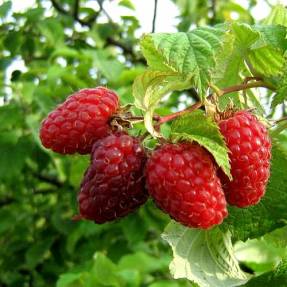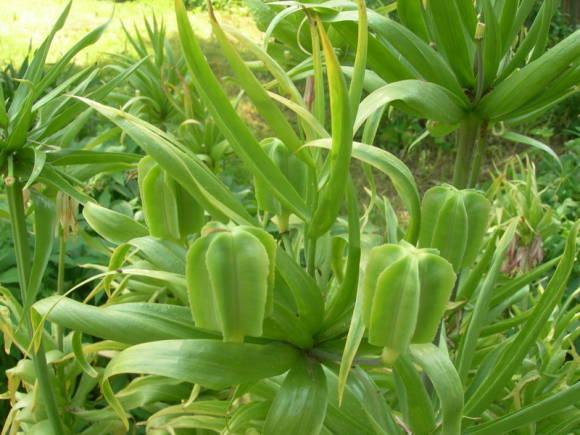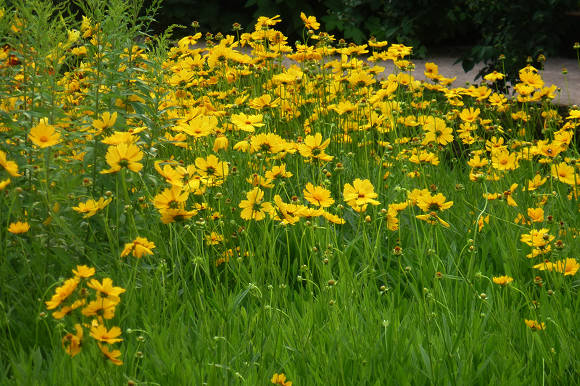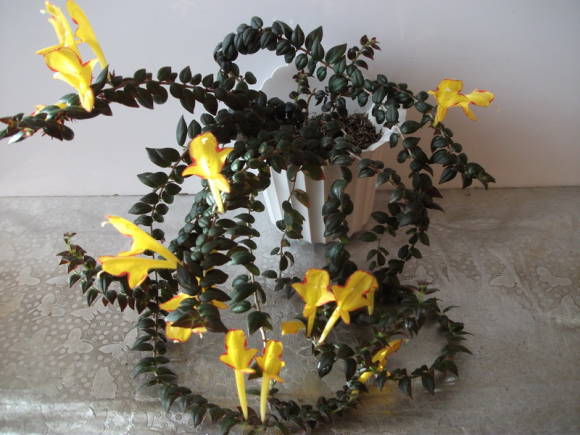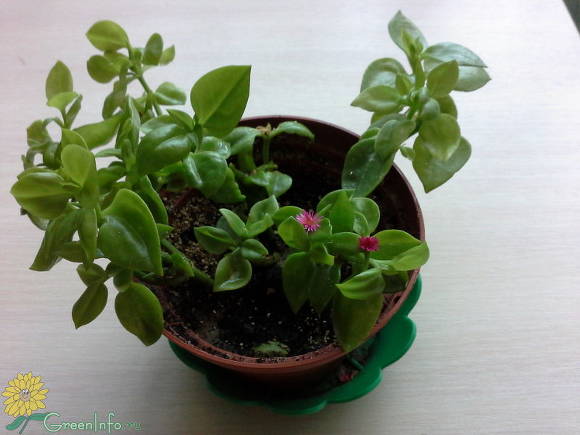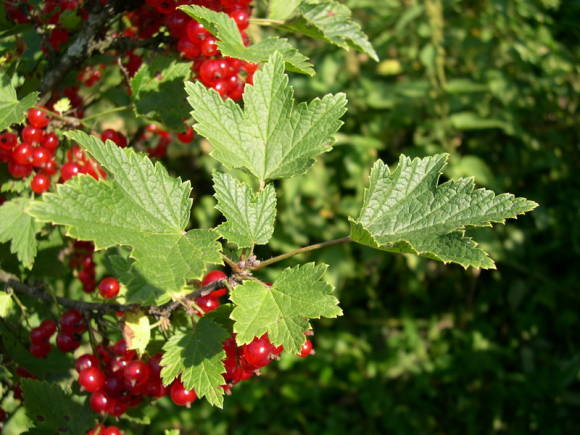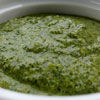This wonderful flower is good everywhere. He will decorate a carpet flower bed, will be a companion for matricaria, marigolds, salvia, petunia, alyssum and other plants. Ampel lobelia looks wonderful in hanging pots and baskets, both alone and in a company with other flowers
Lobelia is valued for its amicable, abundant and long (until frost) flowering. She is irresistible in her blue and light blue outfit. If, before freezing, the container with lobelia is brought into a warm room, it will continue to bloom like a houseplant.

Lobelia got its name in honor of the botanist De Lobel. Extensive genus Lobelia (Lobelia) has many annual and perennial herbaceous plants. But in the culture, lobelia erinus is mainly common (Lobeliaerinus). It is a perennial that is cultivated as an annual in the temperate zone.
Lobelia erinus is a small, highly branching, densely leafy plant, abundantly covered with small (1–1.5 cm) flowers of white, blue, blue, pink color. The plant can be in the form of a ball with a diameter of 10-25 cm or form hanging shoots up to 30-40 cm long. Such forms are called ampelous. Its branches, adhering to the ground, are able to form roots. The leaves of the plant are small, ovoid, with jagged edges. Lobelia blooms from June until frost.
Gardeners most often have five garden forms of lobelia erinus, differing in the habit of the bush:
- spreading lobelia - 15 cm high and 15-30 cm long shoots;
- lobelia compact - dense, almost spherical bush, 15–20 cm high;
- erect lobelia - 20–25 cm high; dwarf lobelia - with compact bushes 8–12 cm high;
- hanging lobelia - ampelous form of lobelia.
 |  |
Growing
Lobelia is cold-resistant, photophilous and hygrophilous. It grows and thrives best in a sunlit place with sufficient moisture. In a dry season, at high temperatures and dry air, it grows poorly and can stop flowering. Lobelia soil needs loose, nutritious, but without an excess of organic fertilizers. She also does not tolerate fresh manure. On very fertilized soils, lobelia grows actively, but to the detriment of flowering.
Reproduction
Lobelia propagates mainly by very small, almost dusty seeds. It is usually grown in seedlings. Sowing seeds is carried out in late March or early April. The soil in the box is carefully leveled, slightly compacted. Since lobelia seedlings suffer greatly from black leg, humus should not be added to the soil mixture for growing seedlings, but made from equal shares of turf, peat and sand.
Since the seeds are very small, for even sowing, I mix them with dry fine sand (1: 5) and do not embed them in the soil, but only press them against it. Many gardeners, in order to prevent seedlings from thickening, first pour snow on the ground with a layer of about 1 cm, and only then scatter seeds over the snow.
The container with crops is covered with foil, ventilated daily and condensate is removed. To prevent the soil from drying out, it is periodically sprayed with water from a sprayer so as not to wash off the seeds.
Lobelia usually emerges in 10–12 days together and densely. Seedlings usually dive in a bunch of 5-7 pieces. To do this, make grooves 1 cm deep in the prepared soil, carefully pick up lobelia seedlings with a toothpick (usually 3-5 pieces are captured) and place them with roots in the grooves. Having filled the entire row, sprinkle the roots with earth. After finishing the pick, the seedlings are watered and put in a place where there is no bright sun. When the pick takes root, rearrange it in the sun.

And after 2-3 weeks, the seedlings dive into pots about 5 cm in diameter. Usually a bunch (3-5 pieces) of seedlings is planted in one hole to obtain strong compact bushes. It is easier to do this with a thin dive stick. Every 12-15 days, seedlings must be fed with complex fertilizers.
Plants are planted in open ground at the end of May at a distance of 10–20 cm from each other. Lobelia bloom begins in seedlings and continues until frost. And for the flowering to be abundant and long, the plants must be fed 1-2 times during flowering and watered with a lack of moisture in the soil.
Lobelia responds well to haircuts and pinching. If you shorten its shoots, it quickly resumes its growth, becomes more magnificent, blooms more amicably and transforms.
And varieties with double flowers and especially interesting varieties of lobelia are propagated by cuttings. For this, the selected mother plants are planted in pots in August and left in the room after rooting. In March, cuttings are started and large plants are obtained by the end of May.
Usage
Lobelia is widely used to decorate garden plots. Most often, borders, ridges, magnificent blue carpet flower beds are made from it. It looks great on slides and flowerpots. And ampelous forms of lobelia are good for balcony boxes and hanging baskets.
